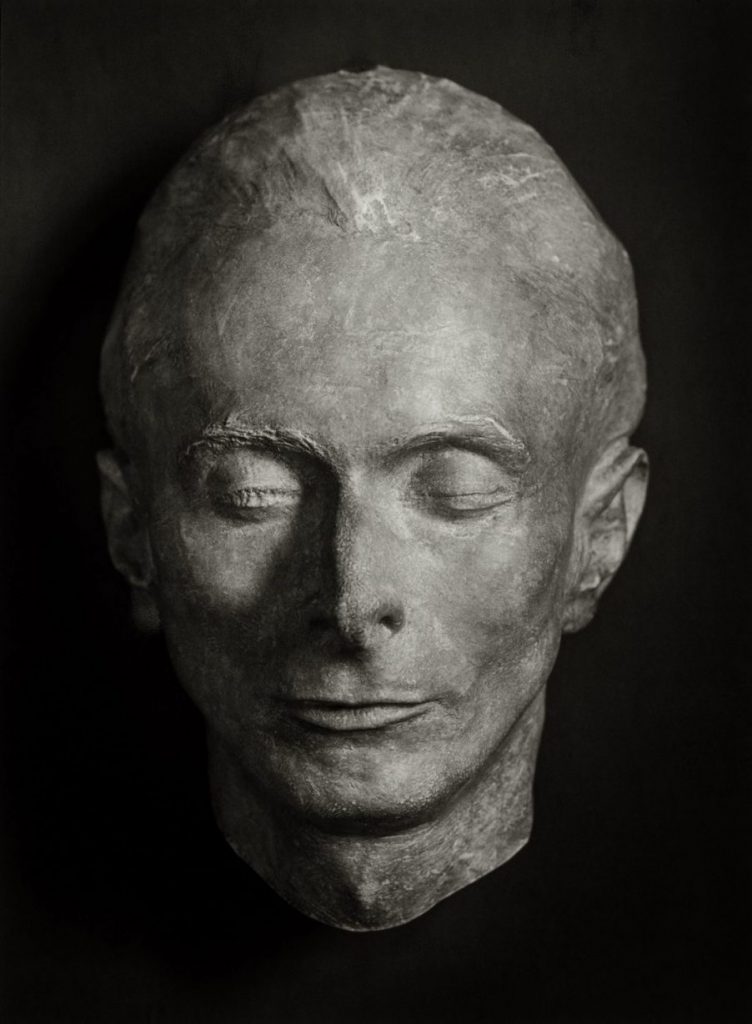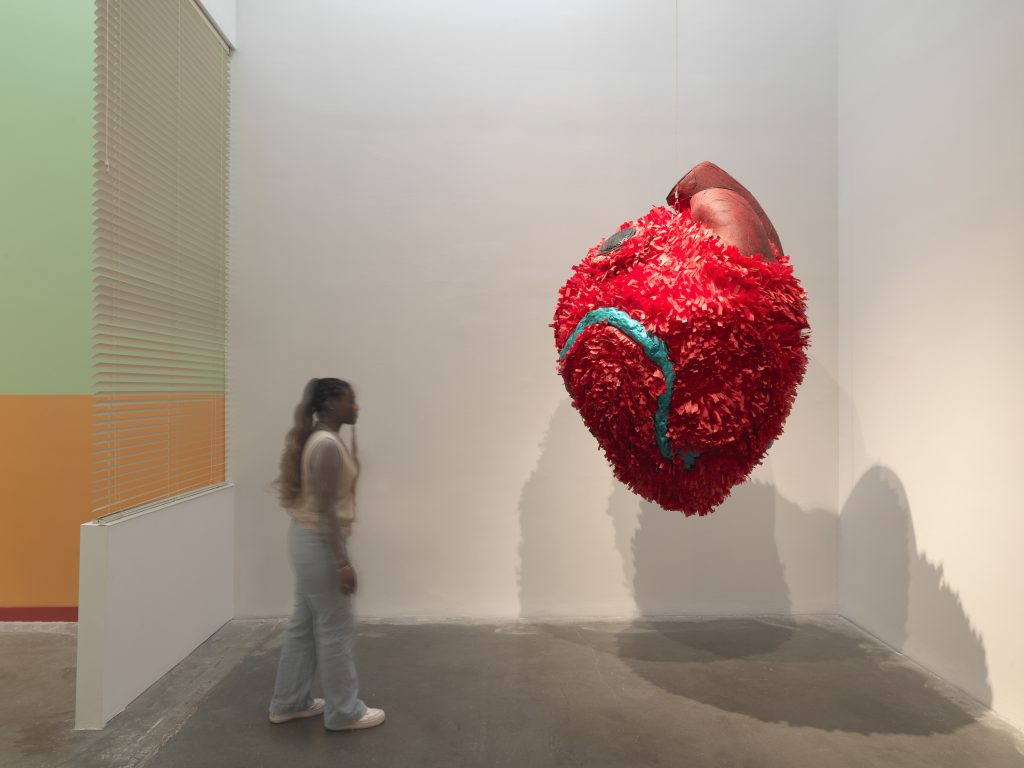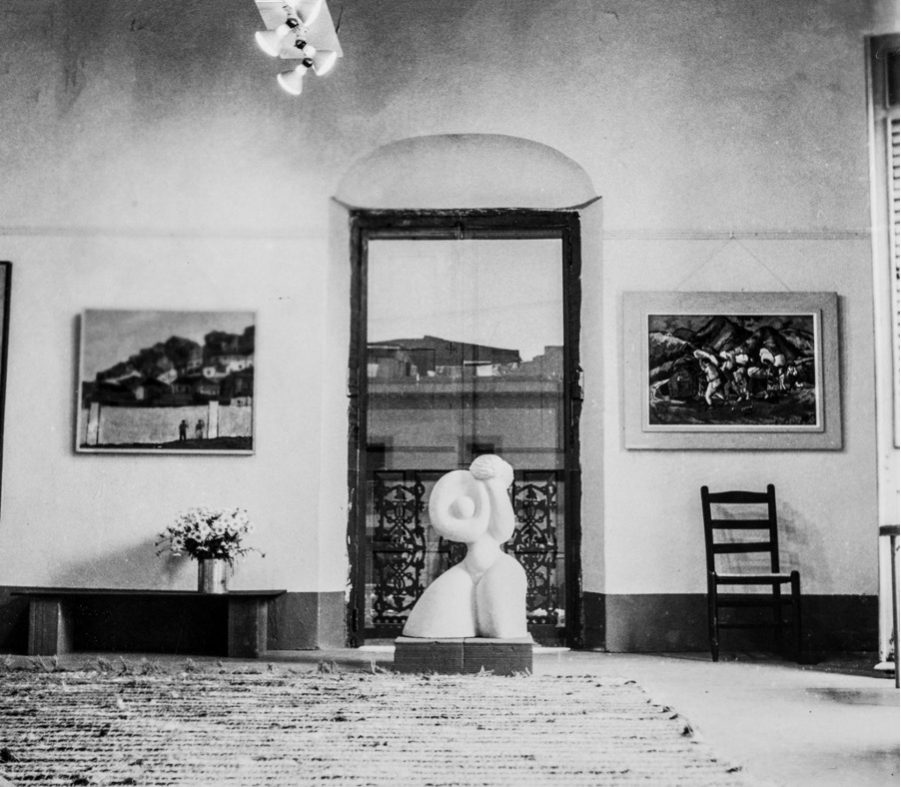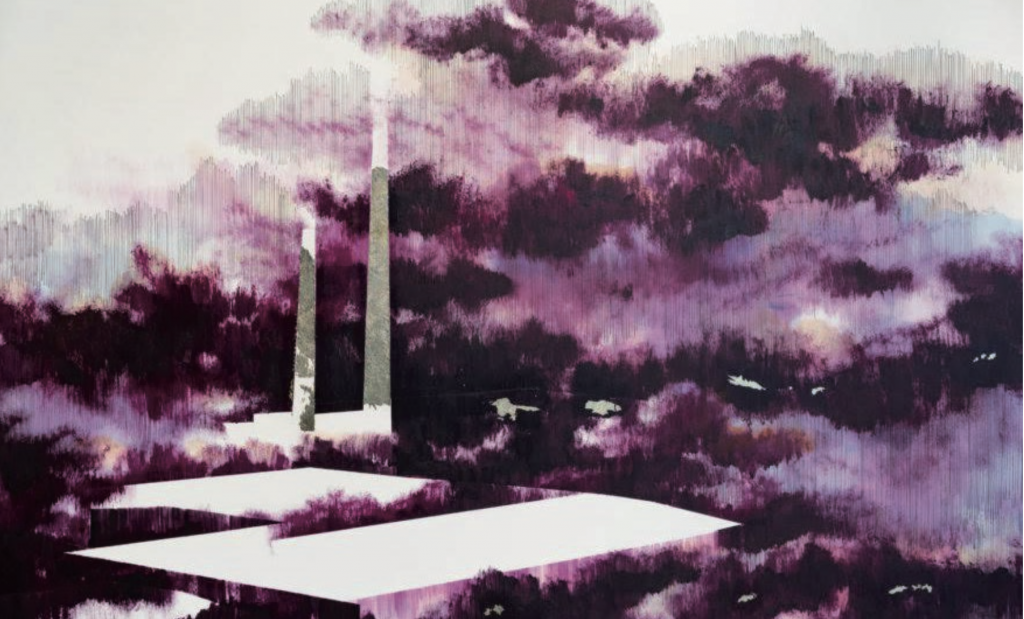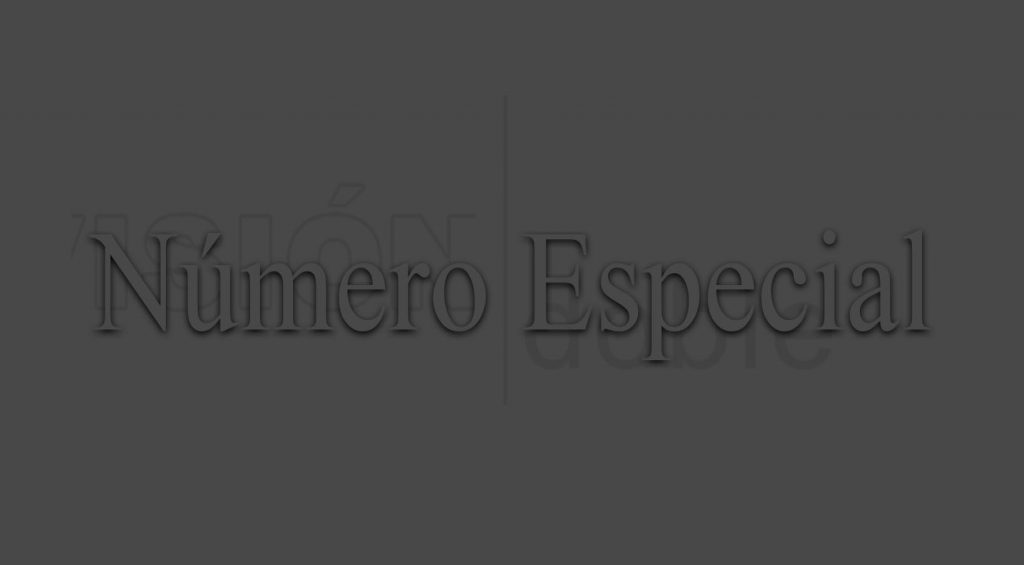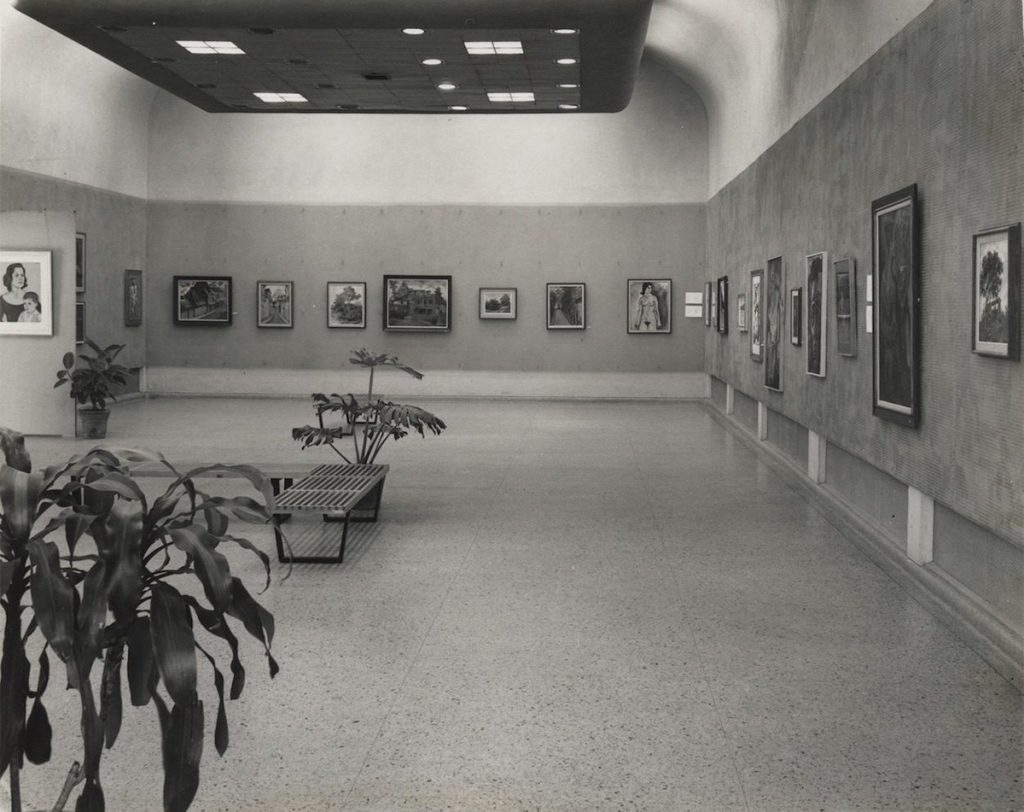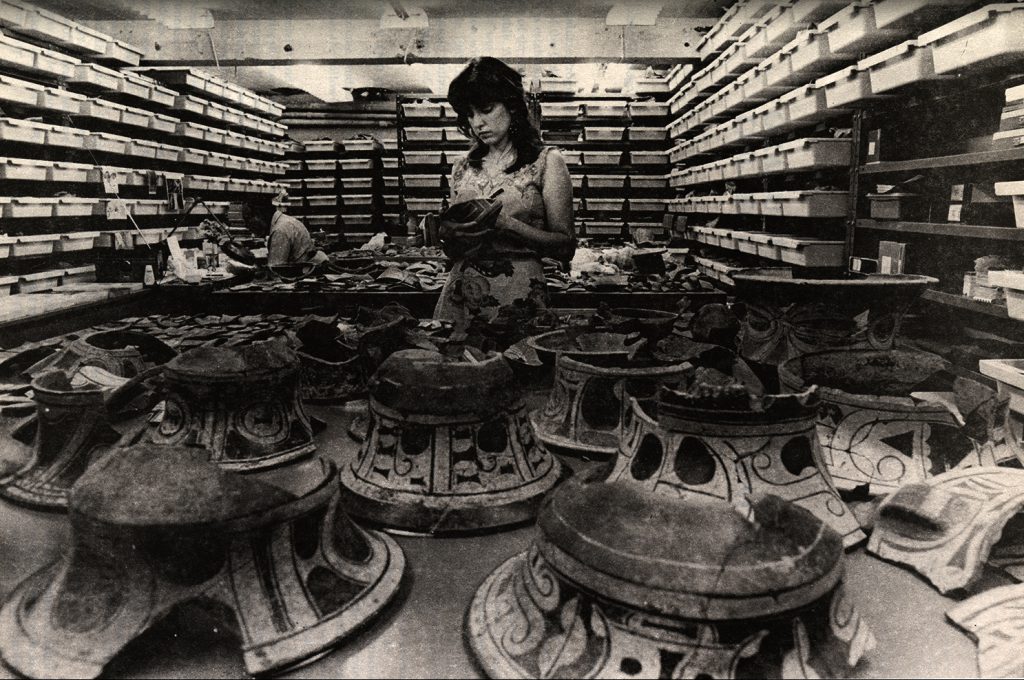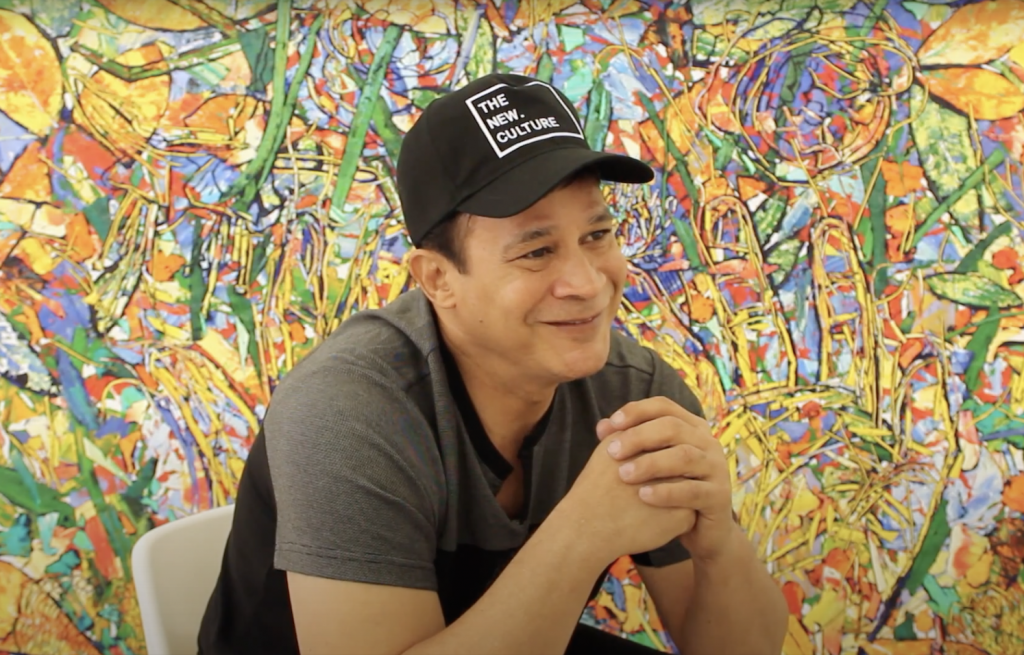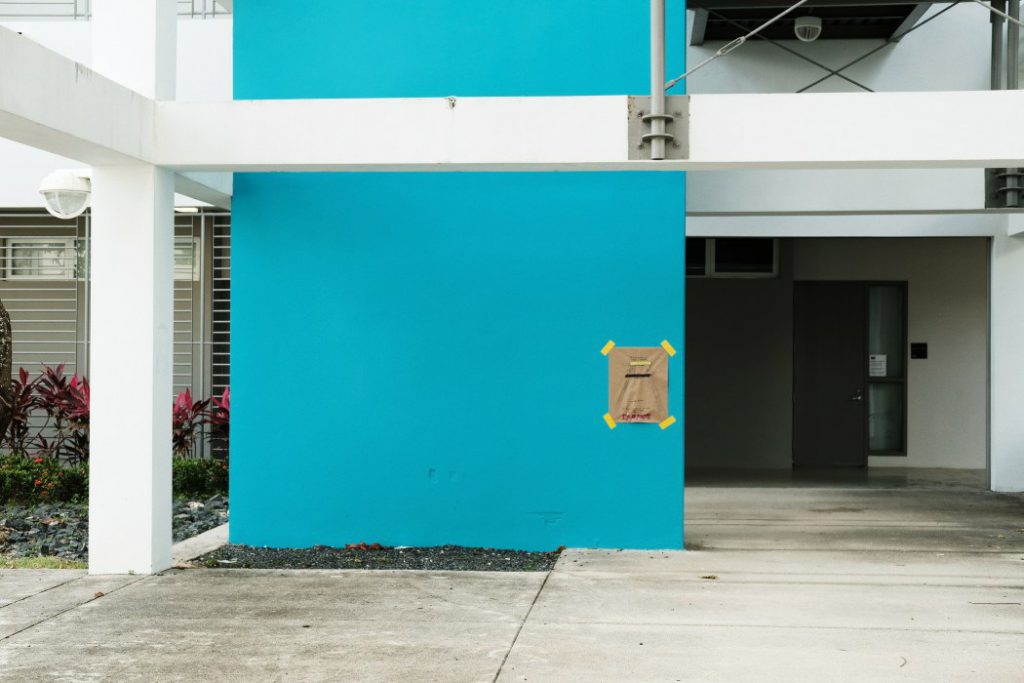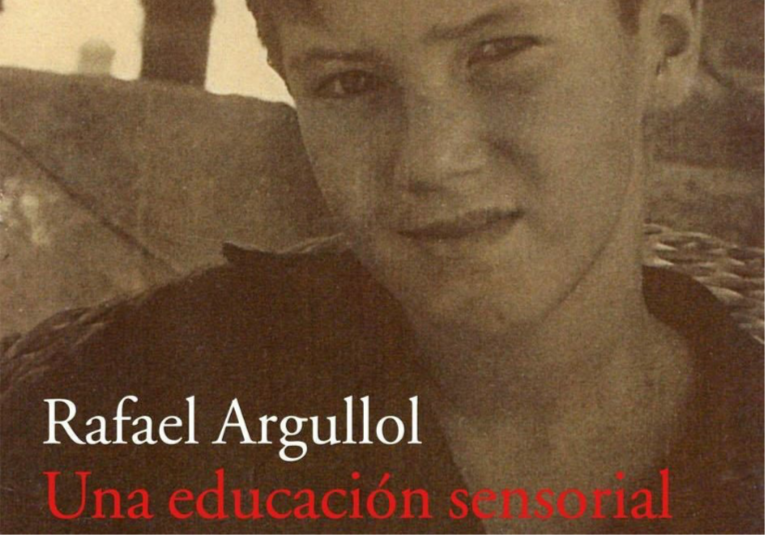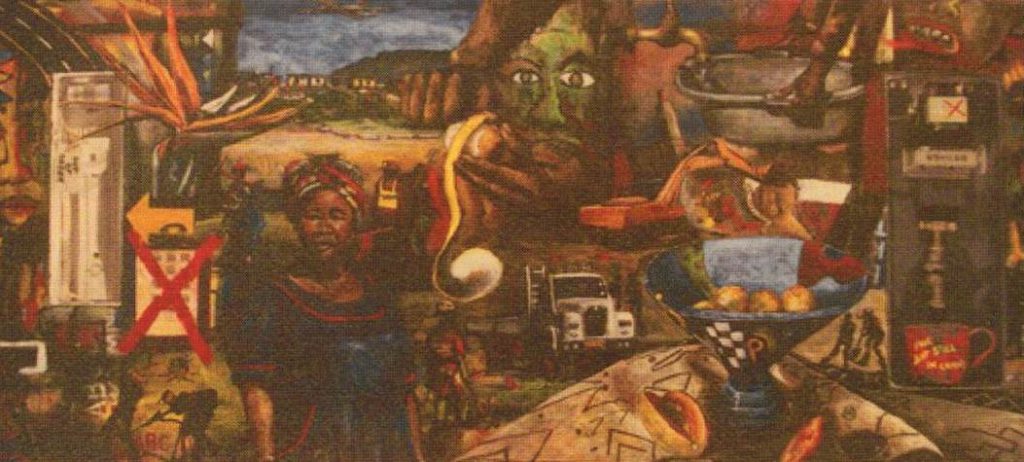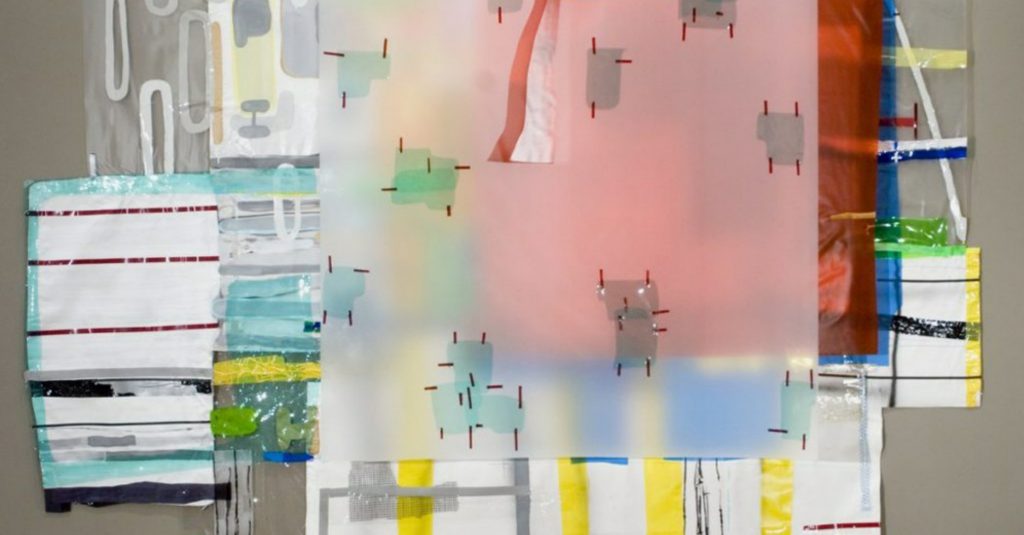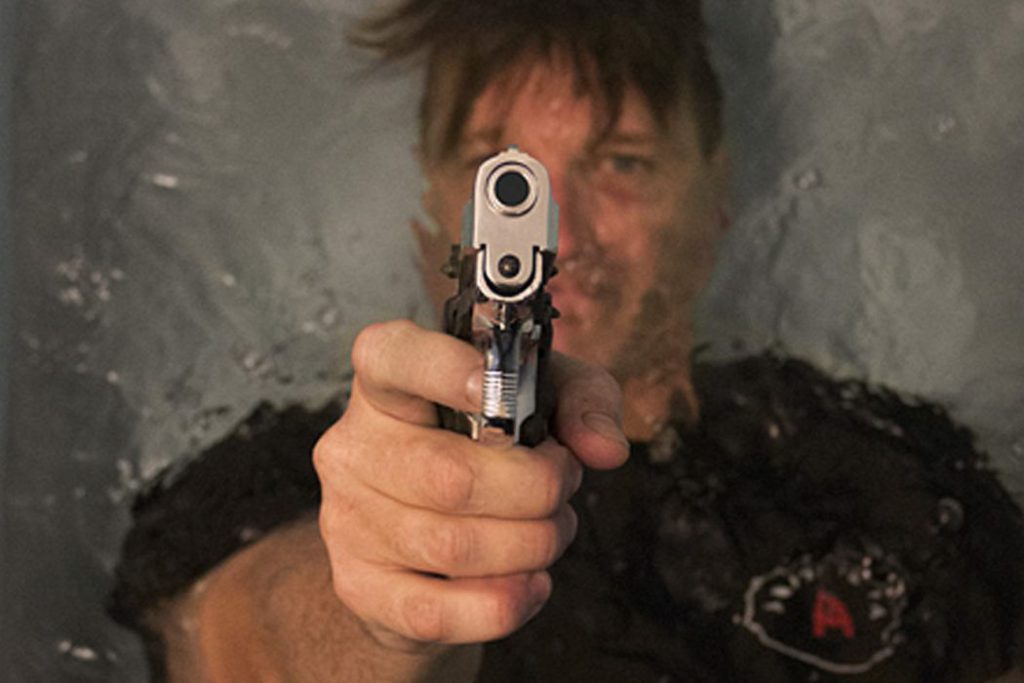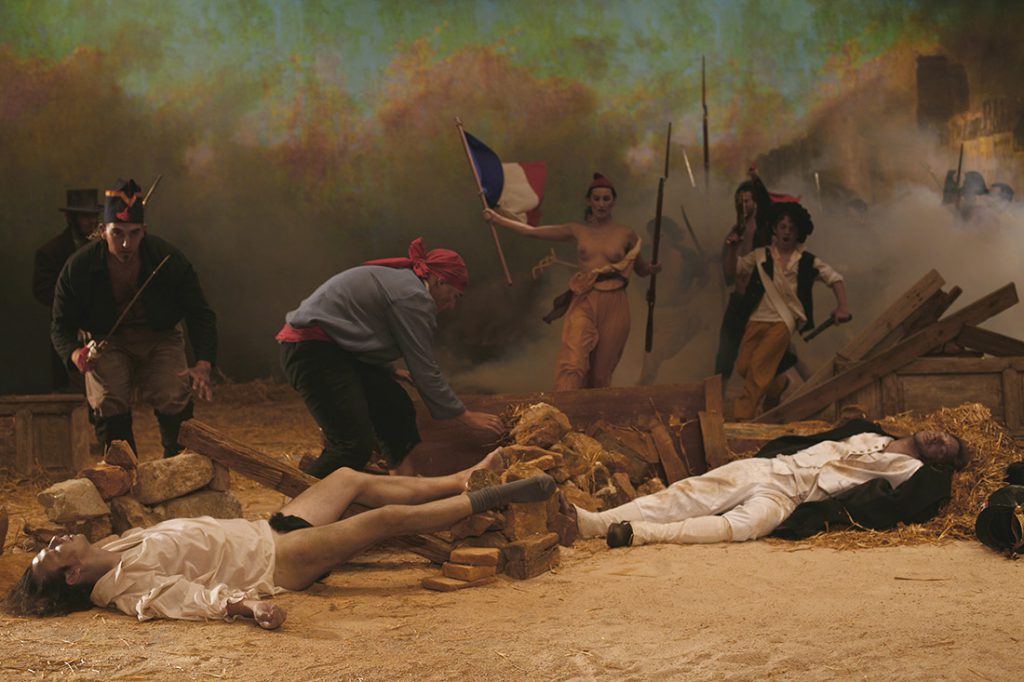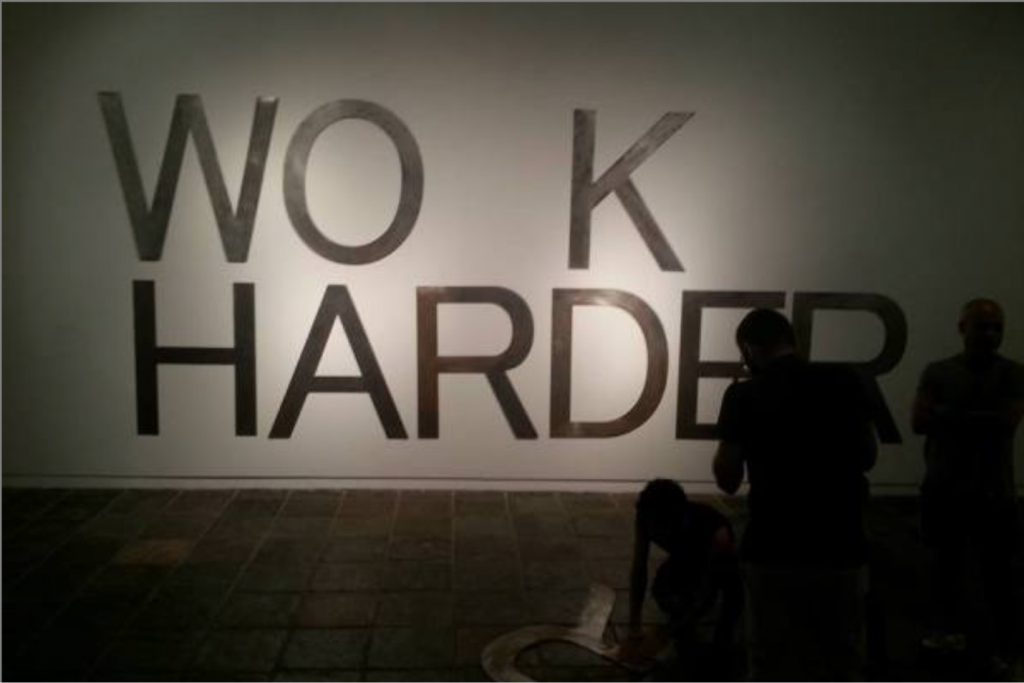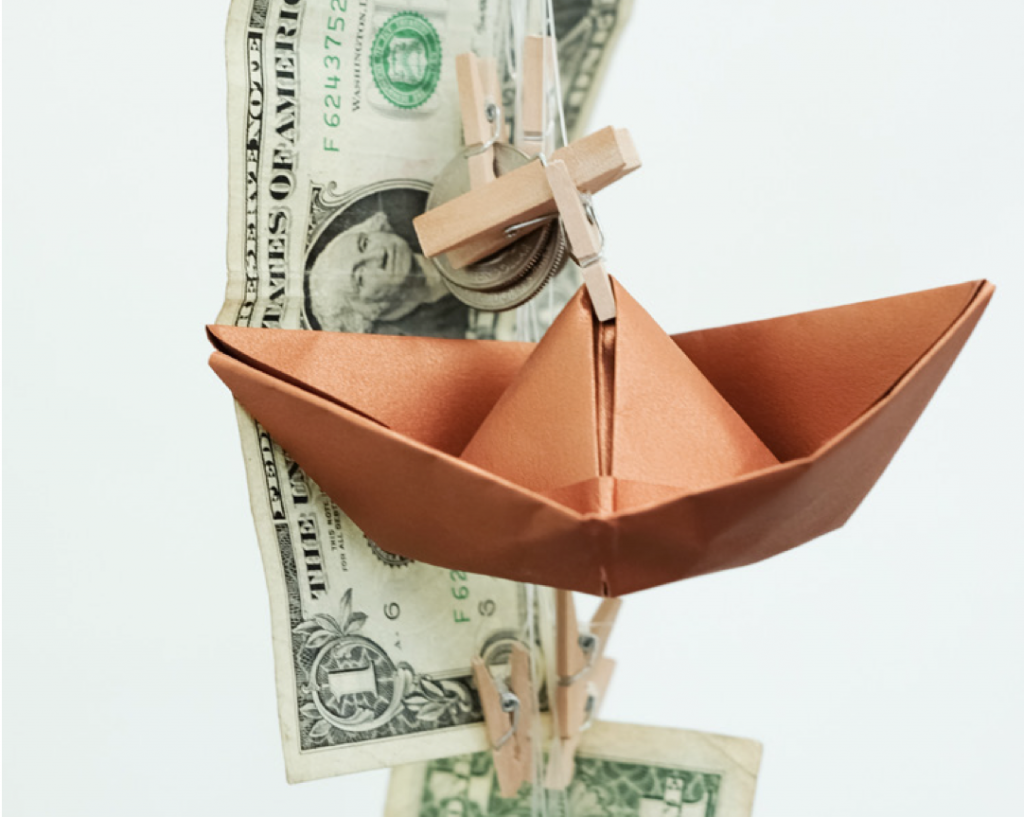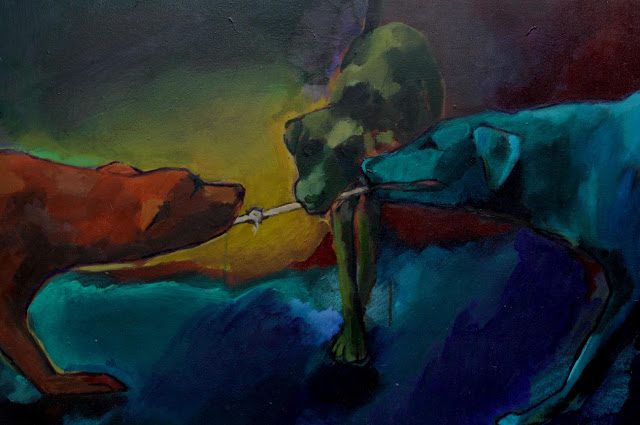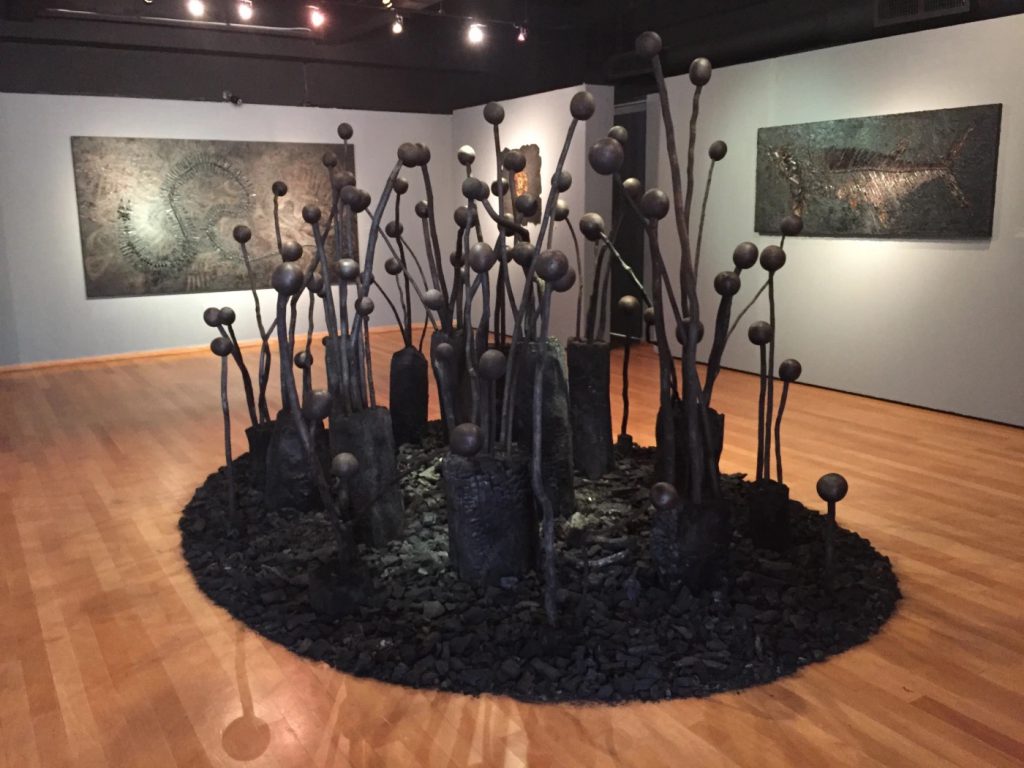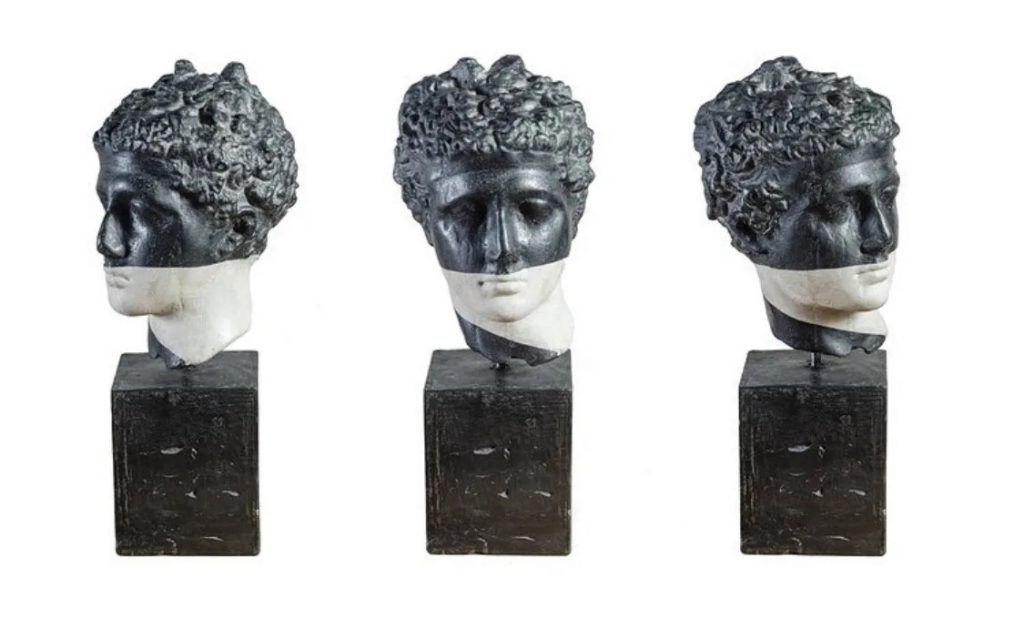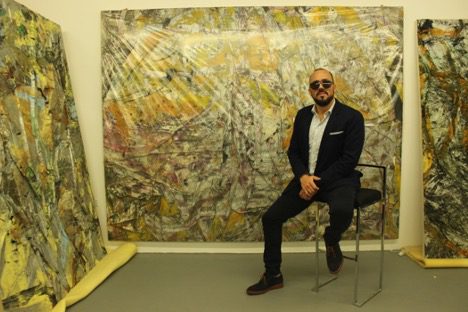Resumen: Menschen des 20. Jahrhunderts (Gente del siglo XX) es el vasto proyecto fotográfico que August Sander
desarrolló, no sin dramáticos obstáculos, a lo largo de cuatro décadas. La fotografía que cierra este extraordinario
archivo es la de la máscara mortuoria de su hijo mayor, Erich. Esta elección del fotógrafo alemán abre una serie de
distintos planteamientos que incitan a la reflexión, entre los que están la mirada del autor y su relación con el sujeto
protagonista, el contenido histórico de la imagen y su carga política, su composición, su valor documental y de índice,
su cuestionable objetividad, así como su contexto en el marco de la fotografía coetánea y su simbólica función en la
producción del artista.
Abstract: Menschen des 20. Jahrhunderts (People of the Twentieth Century) is the vast photographic project that August Sander developed, not without dramatic obstacles, over the span of four decades. The concluding image of this extraordinary archive is the photograph of the death mask of his eldest son Erich. The German artist’s choice of photograph inspires an array of questions worthy of reflection, among which are the author’s gaze and relationship with the subject as well as the image’s historical content, political charge, composition, documentary and indexical quality, questionable objectivity, position within the framework of contemporary photography, and symbolic function within Sander’s production.

